|
During our recent digs in the AirportHistory.org archives we unearthed a fascinating 1972 proposal to massively expand St. Louis Lambert International Airport.
The plan, called the Lambert-St. Louis 2000 Plan envisaged the construction of a third parallel runway and a huge new terminal complex north of the current airport. Let's take a closer look and see what this plan was all about!
BACKGROUND
The Jet-Age travel boom led to an ongoing capacity crisis at St. Louis Lambert International Airport, then called Lambert-St. Louis International Airport. Between 1958 and 1969, the airport's passenger traffic increased almost fourfold. By 1970, Lambert handled 6.6 million passengers, ranking it the 13th busiest in the nation and 20th in the world.
Despite a planned terminal expansion, in 1968, the Federal Aviation Administration (FAA) concluded that Lambert would be unable to accomodate the air traffic demands expected by 1982 and that a replacement airport should be made operational by 1980.
Want more stunning airport photos & stories?
Sign up to our newsletter below to know when new content goes online.
THE COLUMBIA-WATERLOO PLAN
In May 1972, the newly created St. Louis Metropolitan Area Airport Authority, adopted a plan prepared by R. Dixon Speas Associates for a proposed USD 350 million airport to be located near Columbia and Waterloo, 19 miles (30 kilometers) southeast of St. Louis, in the neighboring state of Illinois. In January 1972, the authority applied for USD 8.4 million to begin land acquisition.
THE LAMBERT-ST. LOUIS 2000 PLAN
There was fierce opposition to the plans, among others by the Missouri legislature. It created the Missouri-St. Louis Metropolitan Airport Authority to oppose the Illinois airport plan. In October 1972, the authority unveiled an expansion plan titled the Lambert-St. Louis 2000 Plan, designed to enable Lambert to adequately serve the city's needs until the year 2000. The plan, developed by Wilbur Smith & Associates, called for adding 800 acres to the airport, building a new parallel northwest-southeast runway north of the McDonnell Douglas facilities at Lambert and constructing a new ninety-gate terminal building on the northeast side of the airport.
The Lambert-St. Louis 2000 Plan carried a USD 370-million price tag, including USD 75 million for land acquisition, USD 75 million for the new terminal, and USD 30 million for the new runway and taxiways.
The runway would provide the FAA-required spacing to permit simultaneous instrument landings, which Lambert's configuration did not allow. Improvements under the plan would allow Lambert to handle 60 million passengers annually. SUPPORT The plan contains many letters of support, including from: US, state, and local officials; Ozark Airlines, which had its headquarters in St. Louis; Ford, which had a major assembly plant north of the airport; and the Norfolk and Western Railway Company, which was active in developing industry in the vicinity of the airport. Interestingly, the plan didn't contain endorsements from Trans World Airlines (TWA), which had a major base at St. Louis-Lambert, and from the McDonnell Douglas Corporation, a major aerospace manufacturing firm and defense contractor, which was headquartered at the airport and had sprawling facilities there.
Add the Lambert-St. Louis 2000 Master Plan to your airport collection!
Click the images below to purchase a high-quality digitized copy of this visionairy 62-page plan, a must-have for airport history fans!
During a referendum and subsequent mayoral election in March 1973, support for the Victoria-Waterloo proposal was swept away. The focus shifted back to improving Lambert. Things were looking good for the Lambert-St. Louis 2000 plan.
However, a significant obstacle arose when James S. McDonnell, chairman of McDonnell Douglas, criticized the plans on the grounds that it would wipe out some of the company's facilities and inhibit its future expansion at the site. As a result, new master plan studies were prepared. Due to the oil crisis of 1973 and the resulting decline in traffic, the plans focused on increasing capacity of the existing terminal. There was no provision for an additional runway, as improvements to the existing runway system were deemed sufficient to handle traffic growth into the mid-1990s.
DECLINE
In 2000, Lambert handled a record 30.5 million passengers, ranking it the eighth busiest airport in the United States. That same year the decision was taken to build a new runway 11-29 west of the airport. It was half the number of passengers once projected by the Lambert-St. Louis 2000 Plan back in 1972 and it was to be the highest number of passengers that Lambert would ever process. Following the absorption of TWA into American Airlines in 2001 and the subsequent termination of TWA's St. Louis hub, traffic dwindled from 26 million passengers in 2001 to 13 million in 2004. In 2019, the last year before COVID, Lambert handled almost 16 million passengers.
The Lambert-St. Louis 2000 Plan stands as a testament to a time when the sky was literally the limit and St. Louis-Lambert was poised to become one of busiest hubs in the US and one of the world's pre-eminent gateways!
What do you think of the Lambert-St. Louis 2000 Plan? Do you think it could have meant a better future for St. Louis-Lambert Airport or would things have turned out more or less the same way?
Let us know your thoughts in the comments below!
ACKNOWLEDGEMENTS & FURTHER RECOMMENDED READING
For this article, I quoted from the book The Aerial Crossroads of America: St. Louis Lambert Airport, written by Daniel Rust. Published by the Missouri History Museum Press in 2016, this 336-page book is a scholarly, exhaustive history on Lambert International Airport up until 2015. My only major criticism on the book is that there are very few illustrations, which is a missed opportunity. Still, Aerial Crossroads is a fine book and I highly recommend it. Buy your copy from the University of Chicago Press or from Amazon. Also, check out the avaiable STL publications in the AirportHistory library.
Add the Lambert-St. Louis 2000 Master Plan to your airport collection!
Click the images below to purchase a high-quality digitized copy of this visionairy 62-page plan, a must-have for airport history fans!
3 Comments
Did you know that the AirportHistory.org archive not only contain amazing images, but also airport traffic statistics going back to the earliest years of commercial aviation?
Today, we present you a snapshot of the world's 10 busiest airports 60 years ago in 1961, at the dawn of the Jet Age!
10. New York LaGuardia Airport
In 1961, New York's LaGuardia Airport handled 3.3 million passengers, ranking the city's domestic airport as the tenth busiest airport in the world. In 1961 LaGuardia was still operating from the original 1939 terminal building. The following year, work would begin on phased construction of a new terminal on the same site, which opened in 1964. History is repeating itself today as the 1964 building is being replaced piece by piece by a much larger new terminal In 2019, LaGuardia handled just over 30 million passengers, putting it at 21st place in the United States and 71st in the world.
9. Chicago Midway Airport
Chicago Midway Airport was the world's busiest airport in terms of passenger traffic until 1959, when it handled just over 10 million passengers, a huge number for that time period! However, due to the limited length of the runways, Midway was unsuitable for the first generation of jets, such as the Boeing 707 and DC-8. Thus, in 1960 the transfer of traffic to the newly expanded Chicago O'Hare began and traffic at Midway started to decline. That year, the airport handled 6.9 million passengers. In 1961, traffic at Midway reduced to 3.6 million passengers, which still lands it a place in the top 10 of that year. After laying empty for a number of years, traffic at Midway slowly recovered, and in 2019, the airport handled 20.8 million passengers, ranking it 28th busiest in the United States and 127th in the world.
8. Atlanta Municipal Airport
In 1961, Atlanta Municipal Airport handled 3.8 million passengers, ranking it the eighth busiest in the world. In May of that year, Atlanta opened its new Jet-Age terminal, allowing the airport to fully leverage its favorable geographic location and develop into one of country's primary connecting hubs. In the following decades Atlanta, now called Hartsfield-Jackson International Airport, would steadily climb up the ranks. In 1998, it became the world's busiest airport in terms of passenger numbers, a position it has held until today. In 2019, Atlanta Hartsfield-Jackson Airport handled a whopping 110 million passengers. Read about the evolving design of Atlanta's midfield terminal complex.
7. Miami International Airport
Miami International Airport has traditionally functioned as the US gateway to Latin America. In 1961, Miami handled 4.1 million passengers making it the seventh busiest airport in the world at the time. Miami's new terminal was only two years old in 1961 and was expanded that year with the addition of a sixth concourse (today's Concourse H)." In 2019, Miami handled 45.9 million passengers, ranking it 16th in the US and 45th busiest in the world.
6. Washington National Airport
In 1961, Washington National Airport handled 4.7 million passengers making it the sixth busiest airport in the world. Due to its constrained location National was not able to expand. In 1962 Washington Dulles Airport was opened to accommodate the city's long-term needs. Through the years National, now called Ronald Reagan Washington National Airport, dropped in the rankings. In 2019, the airport handled 24.8 million passengers, ranking it 26th in the United States and 117th in the world.
Want more stunning airport photos & stories?
Sign up to our newsletter below to know when new content goes online!
5. San Francisco International Airport
In 1961, San Francisco International Airport handled 5.2 million passengers making it the fifth busiest airport in the world that year. San Francisco's runway layout is not conducive to hub-and-spoke operations and in the 1980s "SFO" dropped out of the world's top ten. However, due to the tech boom in the 1990s, San Francisco again entered the top ten even becoming sixth busiest in the world. In 2019, the airport handled 57.5 million passengers, ranking it seventh busiest in the US and 23rd busiest in the world.
4. London Airport (Heathrow)
London Airport, as Heathrow was called back then, handled 6.3 million passengers in 1961 making it the fourth busiest in the world and the only airport outside the United States to make the top 10! In 2019, Heathrow handled over 80 million passengers, ranking it seventh busiest in the world. Read about Heathrow's early runway layout here.
3. Los Angeles International Airport
In 1961 Los Angeles International Airport opened its massive new Jet-Age terminal complex. That year, "LAX" handled 7 million passengers, ranking it third busiest in the world. In 2019, it handled just over 88 million passengers, again ranking it third busiest in the world after Atlanta Hartsfield-Jackson and Beijing Capital Airport, and second busiest in the United States behind Atlanta Hartsfield-Jackson International Airport. Explore the LAX 1960s Jet-Age terminal here.
2. Chicago O'Hare International Airport
In 1961, Chicago O'Hare Airport handled 9.6 million passengers, ranking it second busiest in the nation. In 1962, the transfer of traffic from Midway to the expanded O'Hare was completed. That year O'Hare became the busiest airport in the world, a title the airport would retain until it was overtaken by Atlanta in 1998. In 2019, the airport handled 84.7 million passengers ranking it sixth busiest in the world and third busiest in the United States, behind Atlanta and Los Angeles.
1. New York International Airport (Idlewild)
Due to the transfer of traffic between Chicago Midway and O'Hare, New York's Idlewild Airport, now John F. Kennedy Airport, temporarily became the busiest airport in the world in both 1960 and 1961. In 1961, Idlewild processed 10.2 million passengers. In 2019, Kennedy Airport handled 62.6 million passengers ranking it sixth busiest in the nation and 20th busiest airport in the world. Read more about the fascinating history of John F. Kennedy Airport starting here.
The results are summarized below.
BONUS: See expanded top 30 list here
The expanded top 30 list contains some very interesting surprises. For example, did you know both Pittsburgh and Cleveland were among the top 20 of busiest airports in 1961? What are your observations? Let us know in the comments below!
More airport articles: Click here
Download high-quality vintage airport photos from this article for your collection!
ACKNOWLEDGEMENTS
I want to give a big thank you to Justin Lee, aviation historian Shea Oakley and Geoff Scripture of the Terminal Museum in Houston, who assisted me with the research for this article.
A FEW NOTES ON METHODOLOGY
It needs to be stated that in the 1960s there was not yet a standardized methodology among airports and airport authorities for keeping statistics. Data from different sources often have different numbers and sometimes transit traffic is included or not. Where possible, we relied on data directly supplied by the airports. As we have at least two sources for all numbers, we are confident the above presents a reliable picture. Data for airports in the former USSR for 1961 is unavailable. Statistics for Chinese airports were not kept at the time. |
With a title inspired by the setting of the iconic 70s film "Airport", this blog is the ultimate destination for airport history fans.
Categories
All
About me
Marnix (Max) Groot Founder of AirportHistory.org. Max is an airport development expert and historian. |

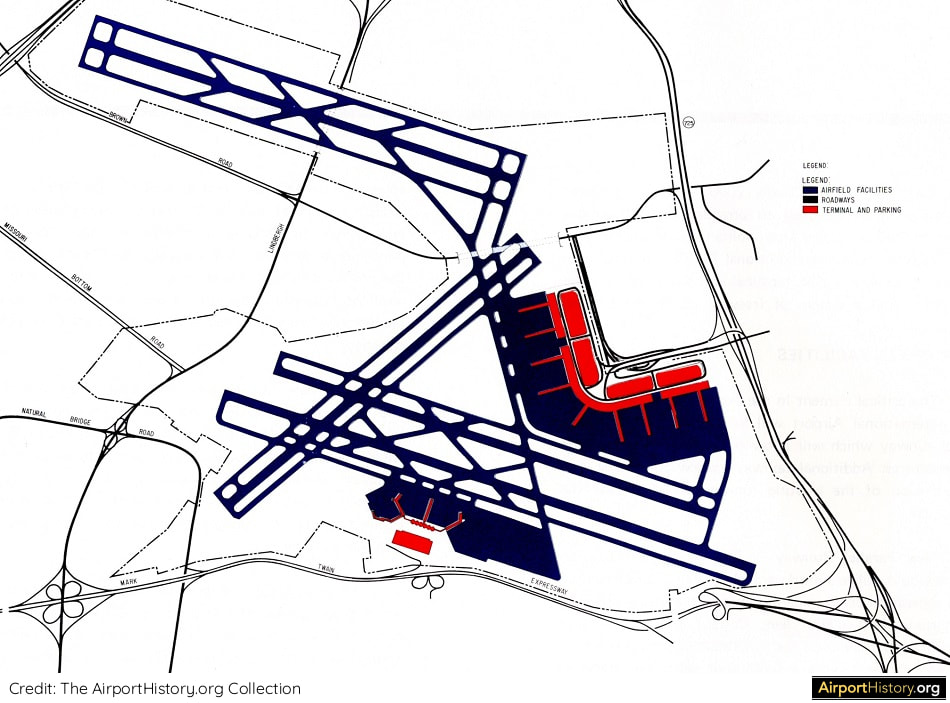
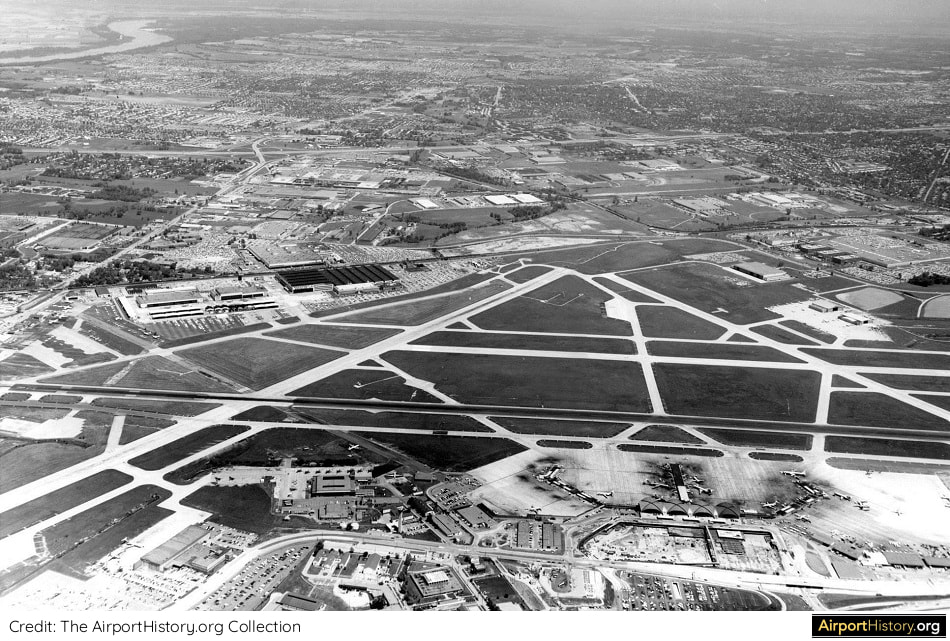
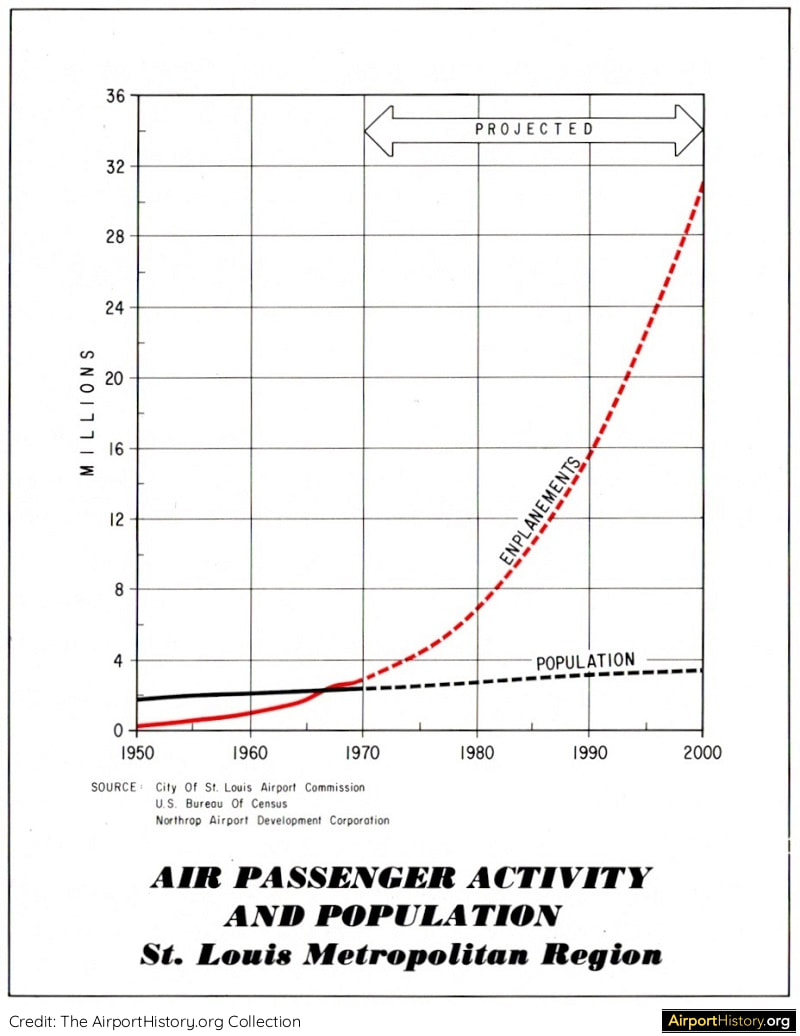
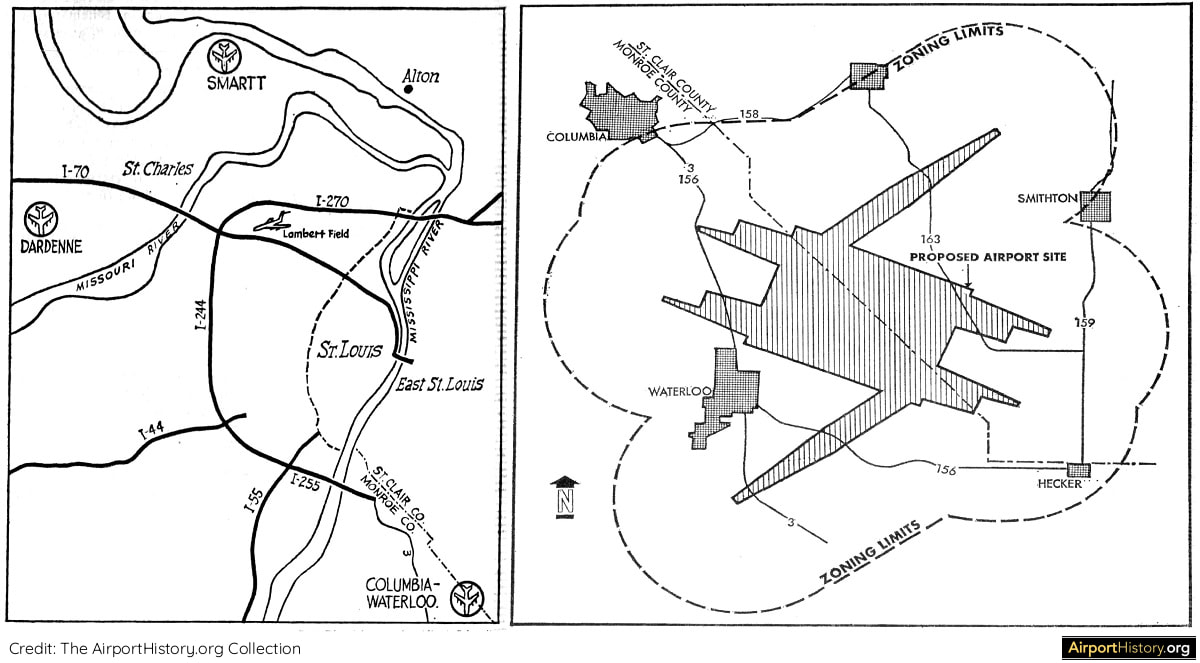
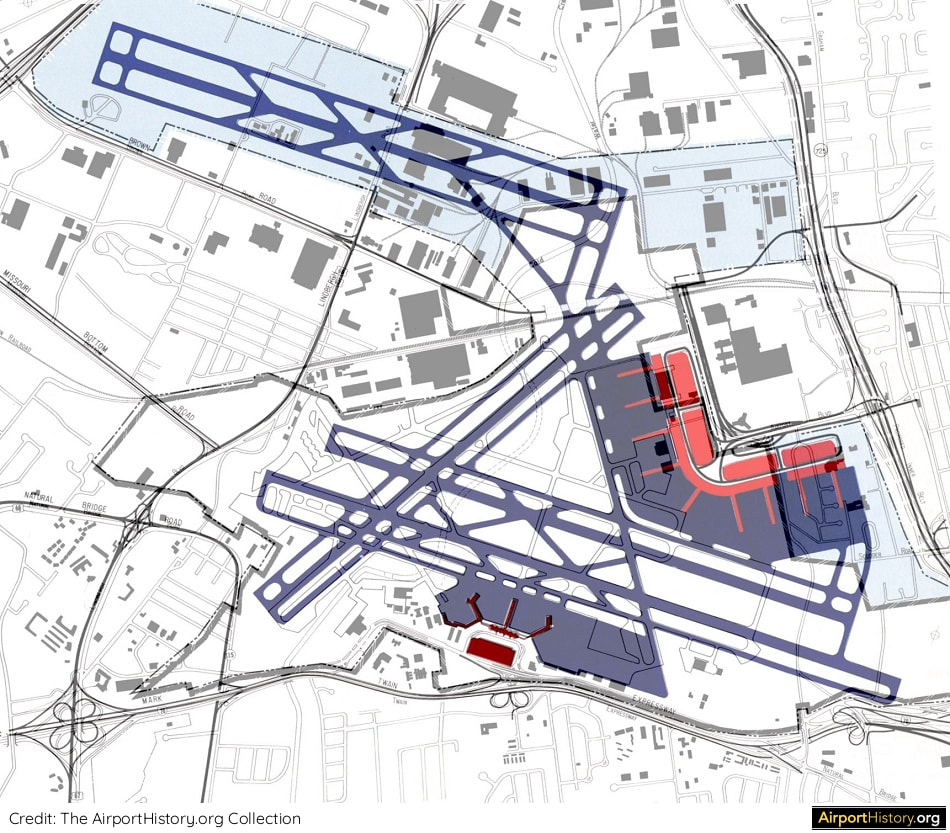
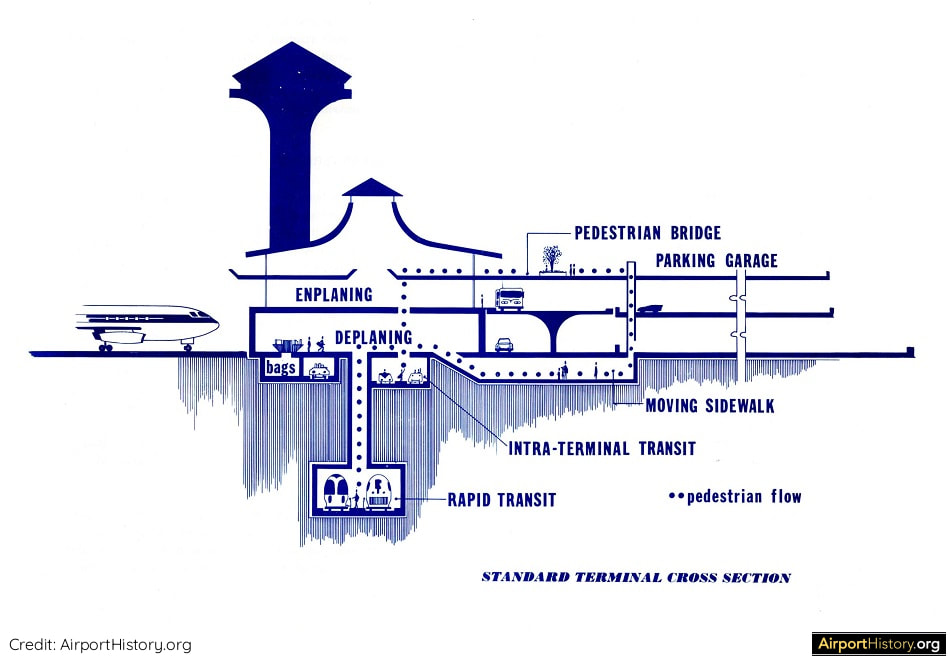

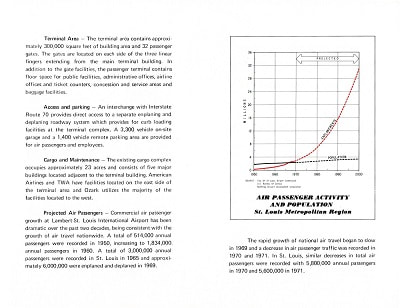
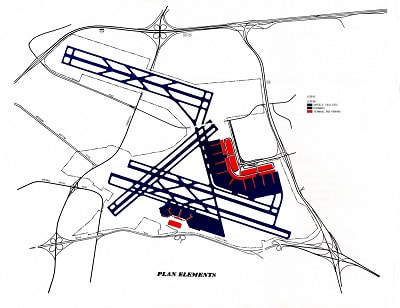
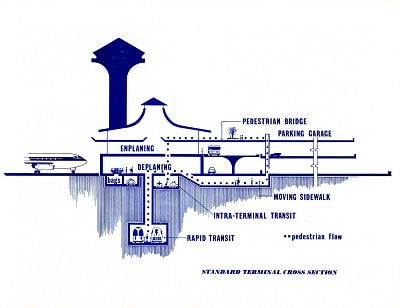
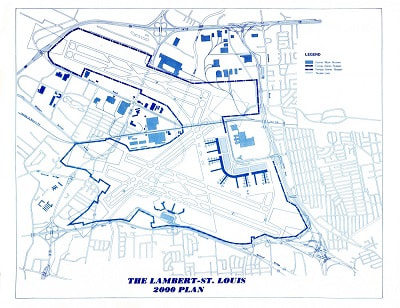
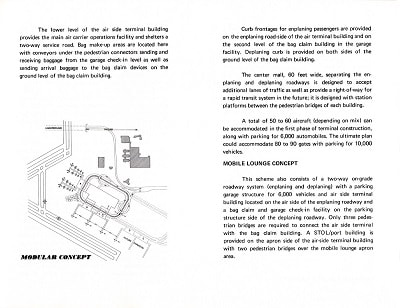
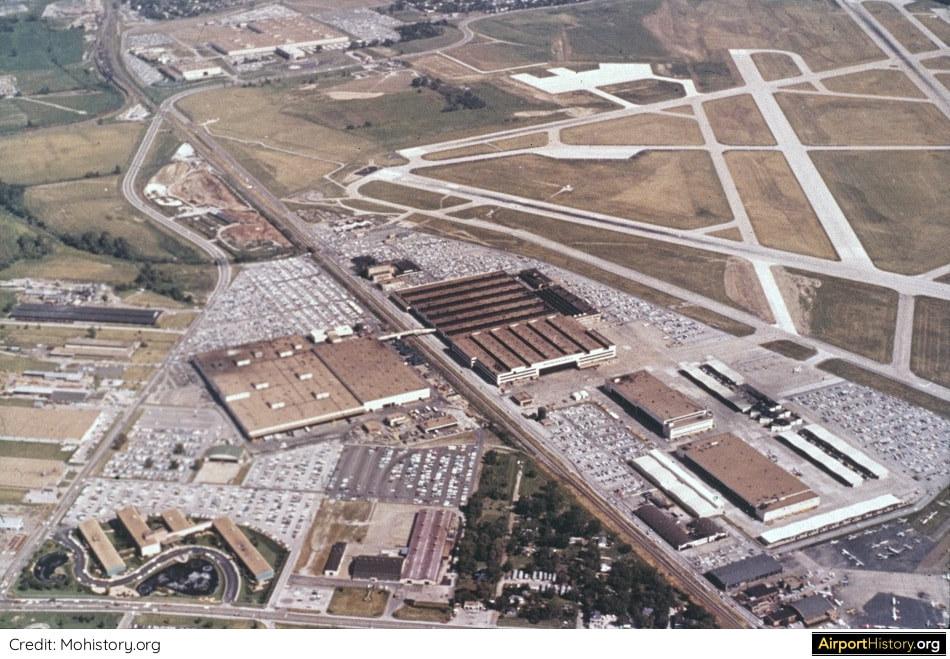
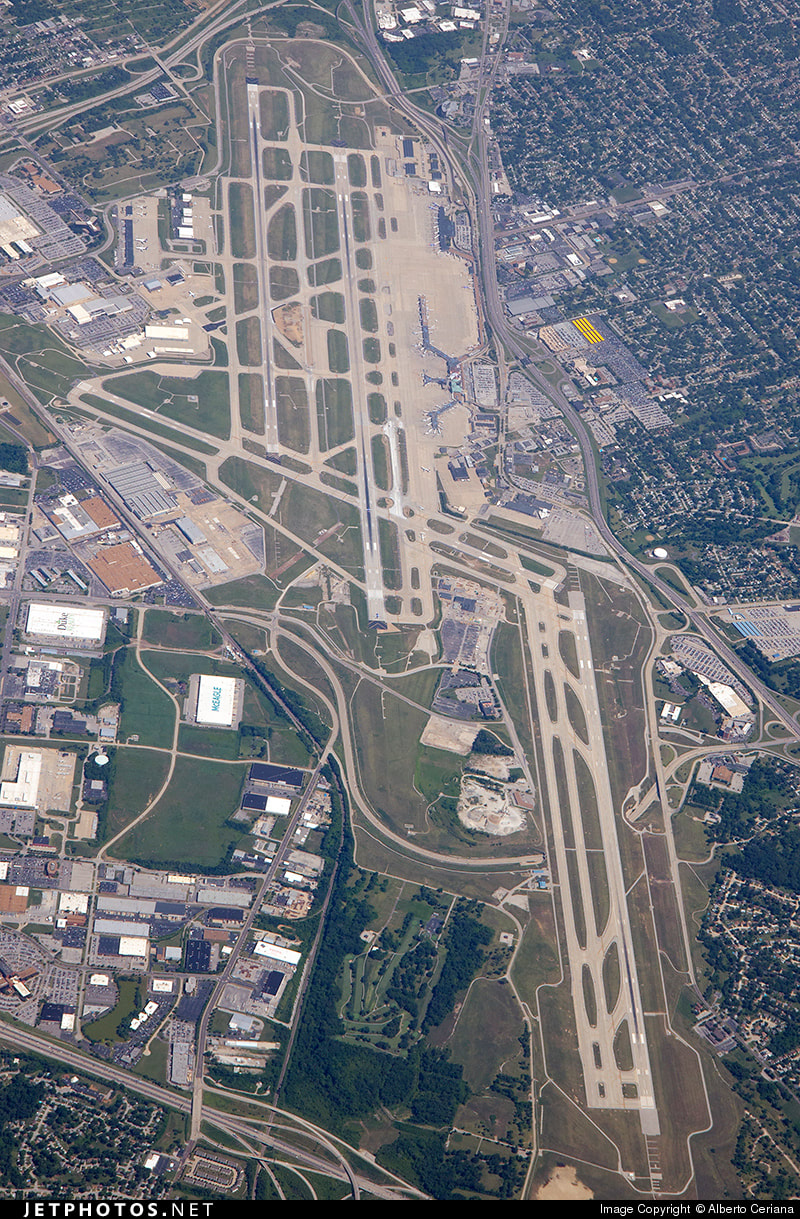
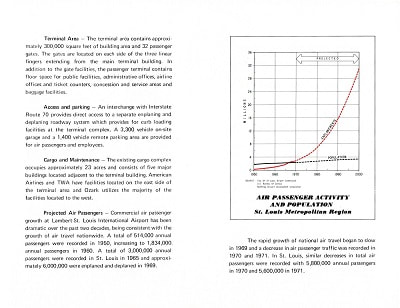
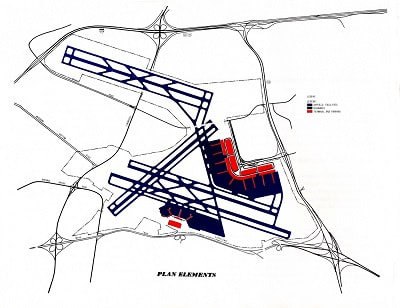
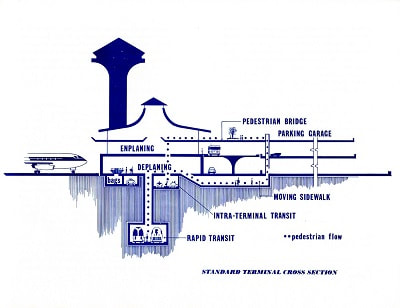
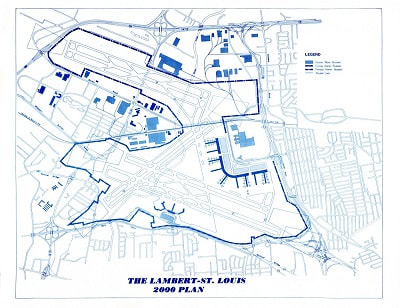
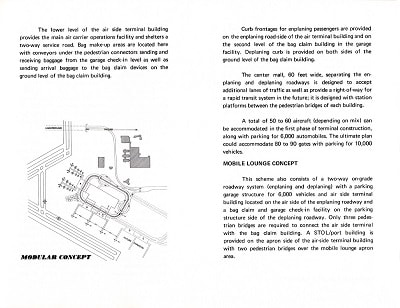
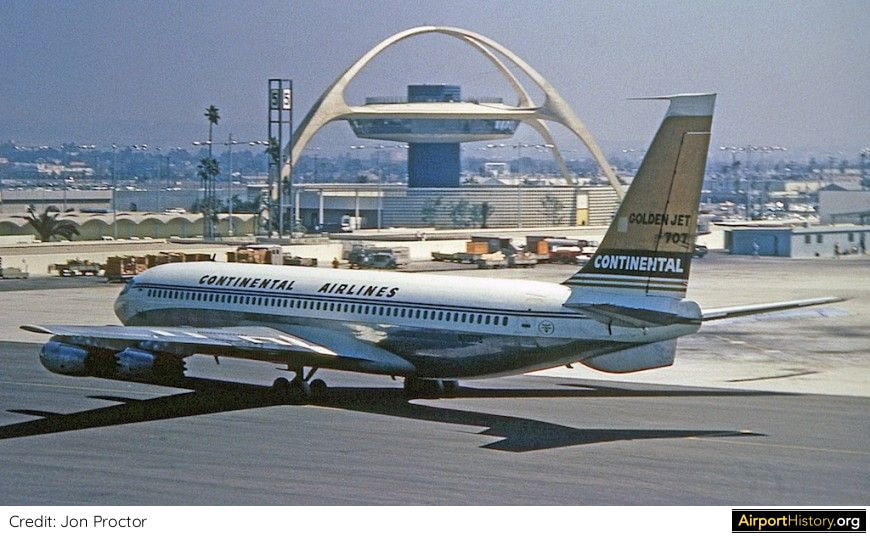
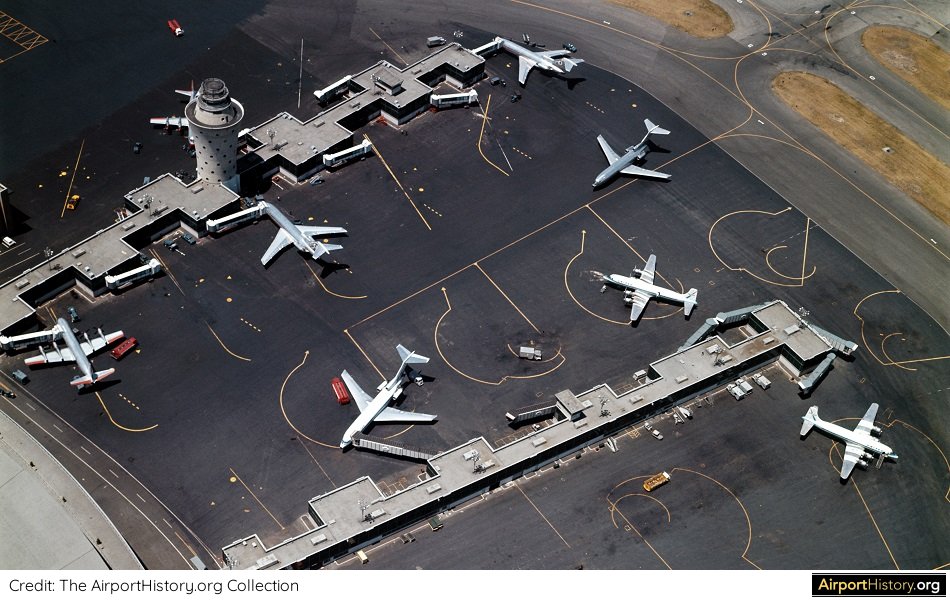
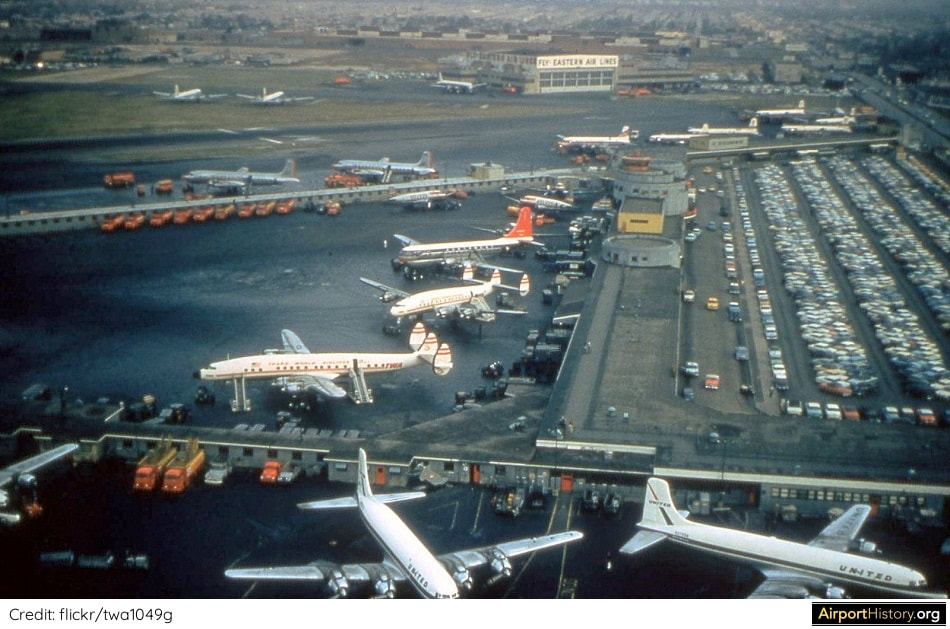
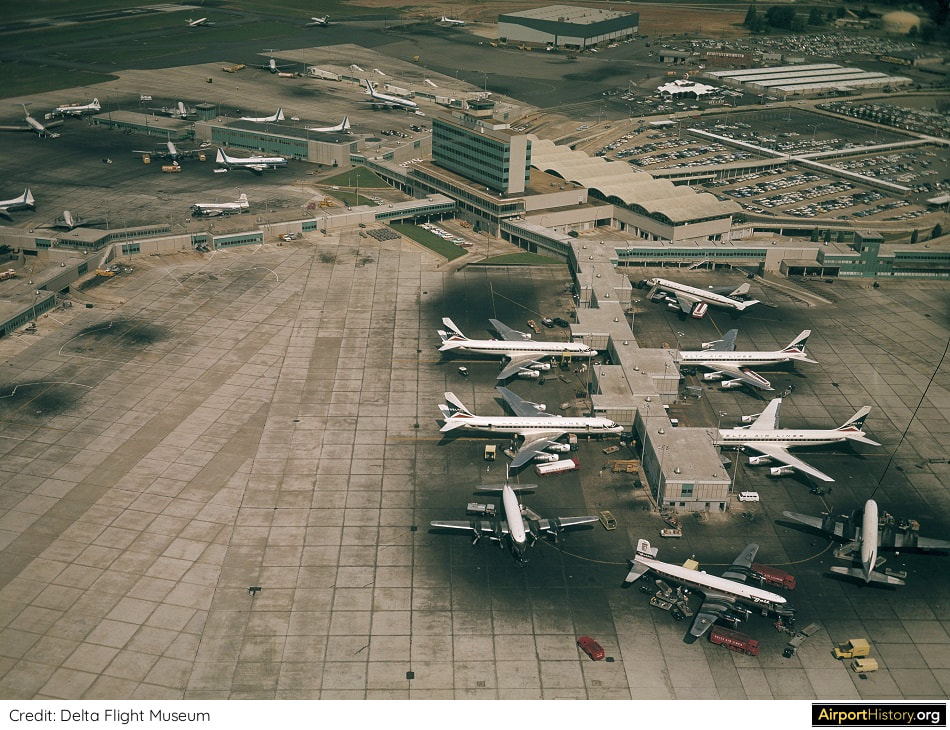
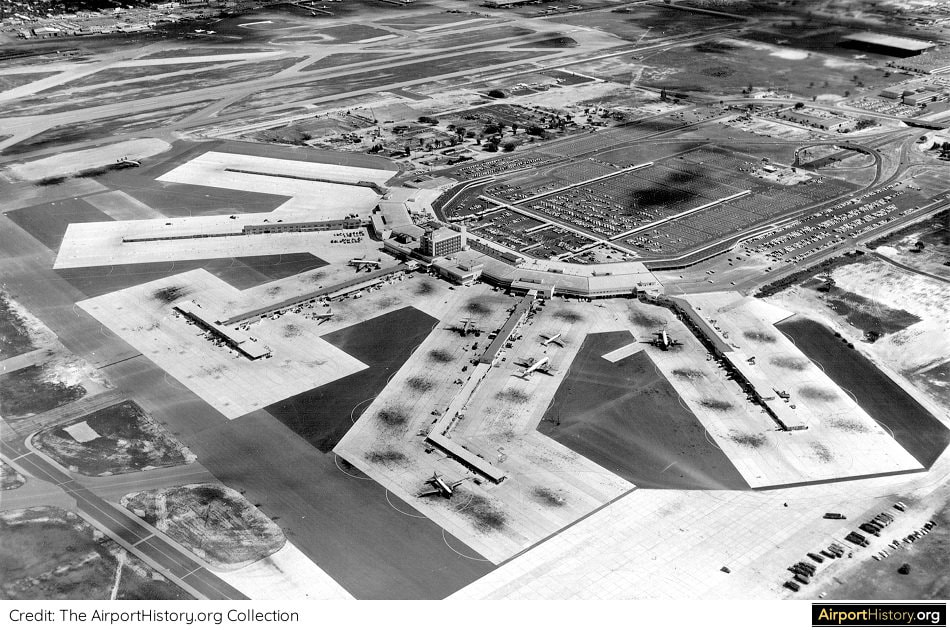
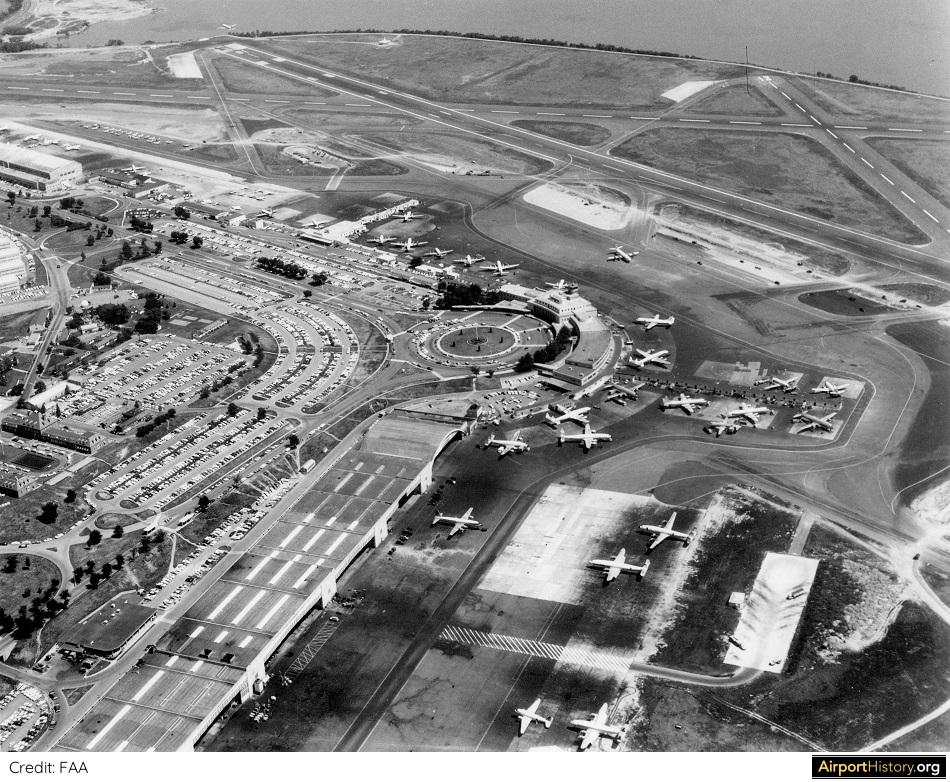
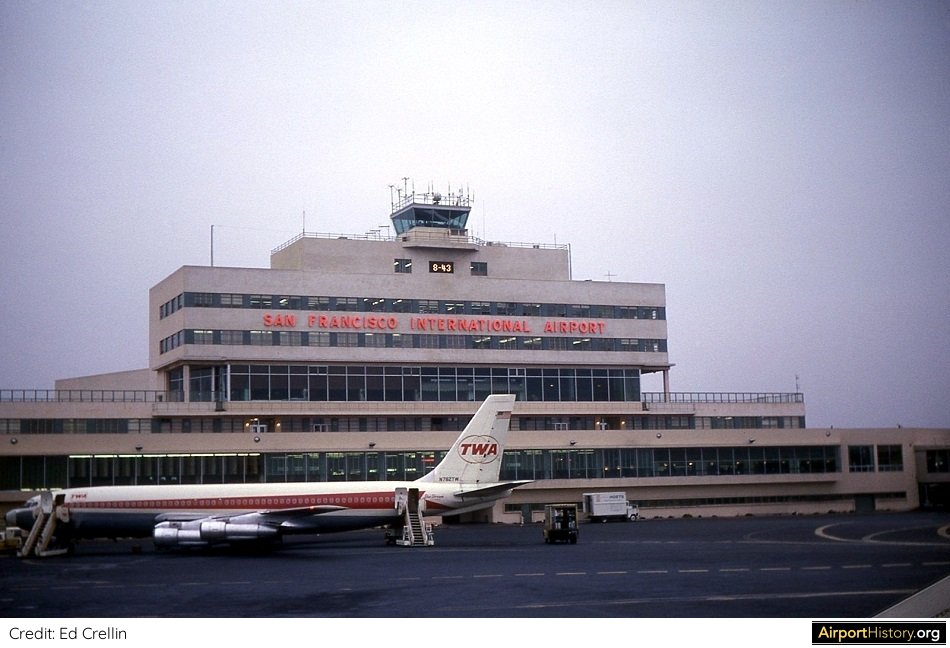
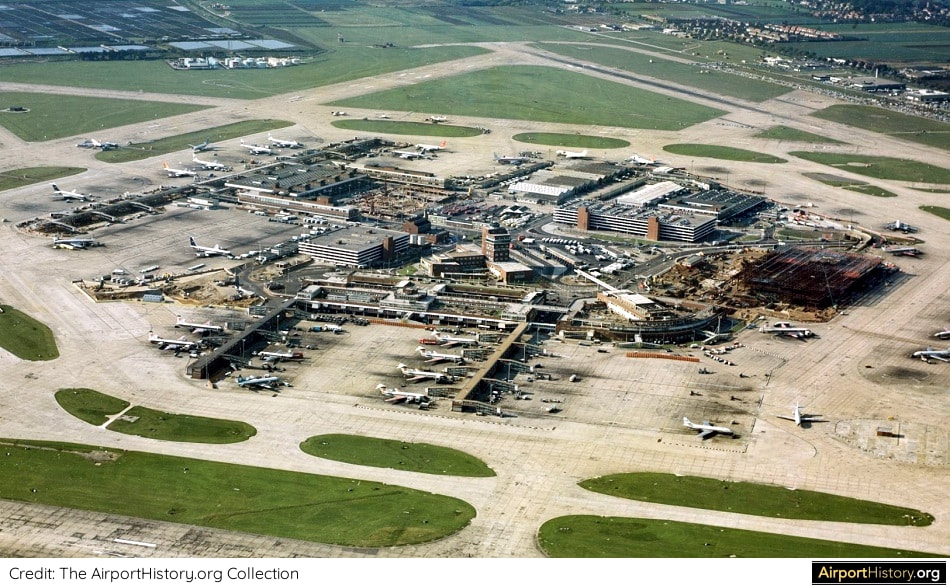
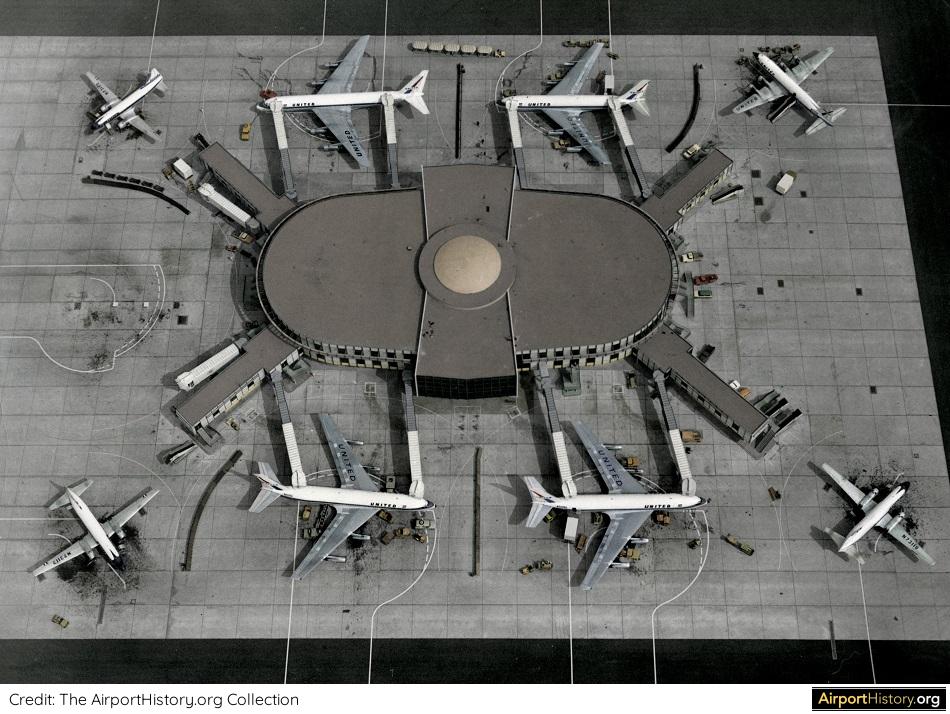
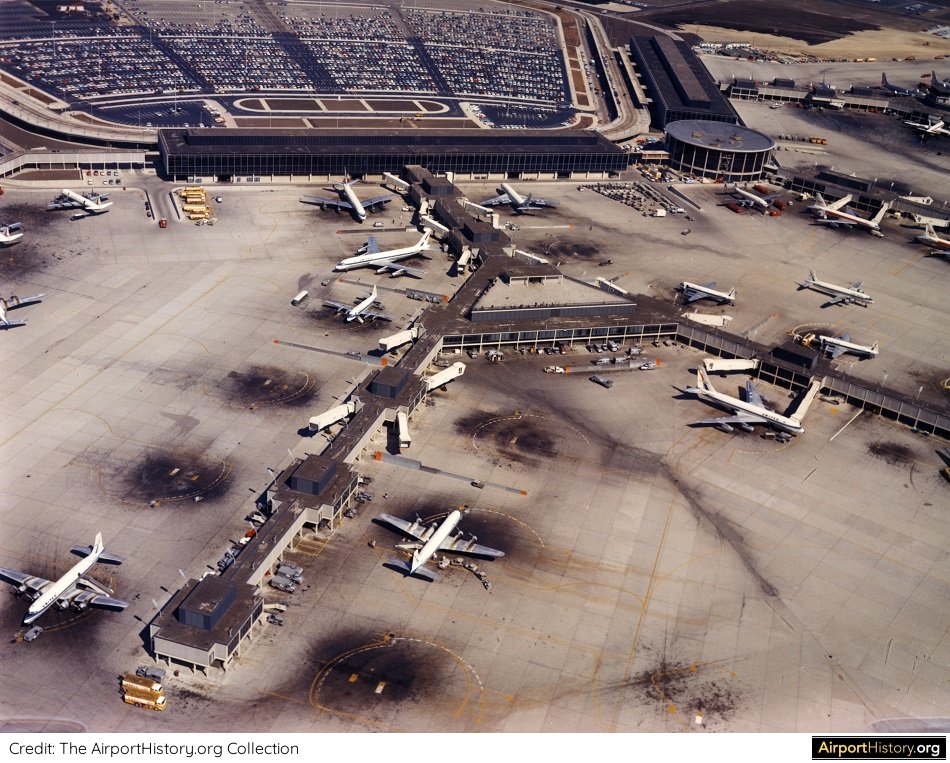
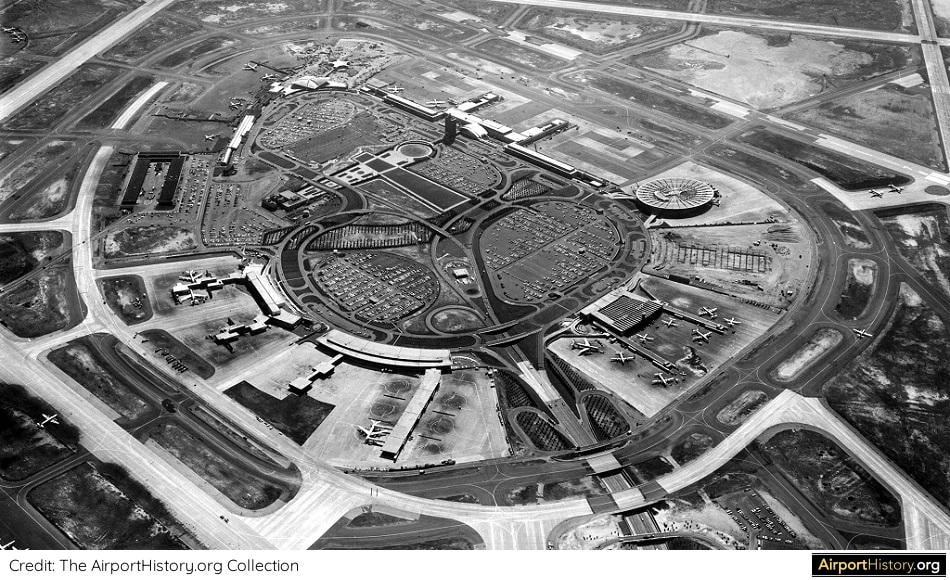
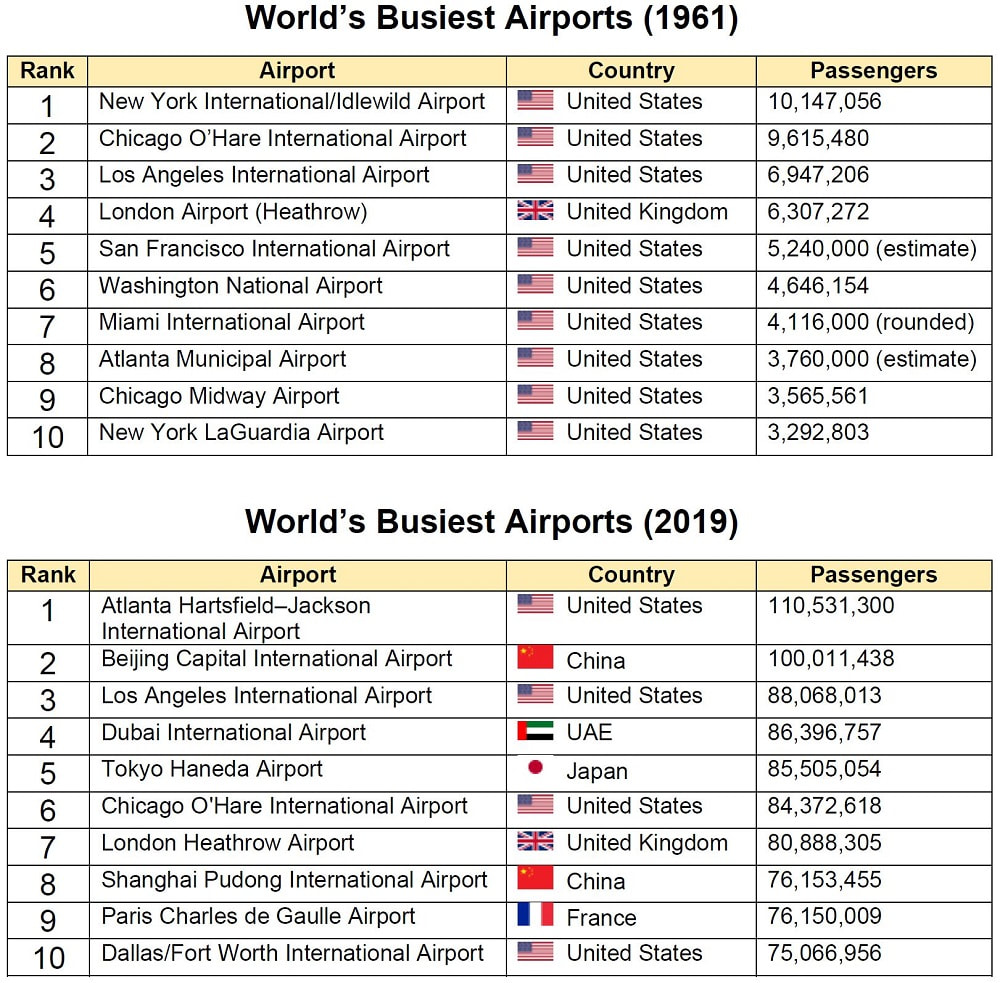
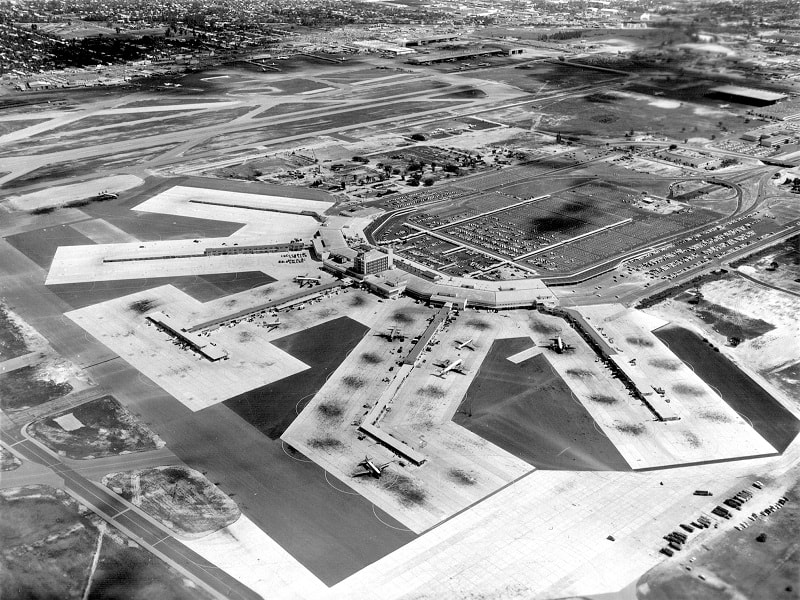
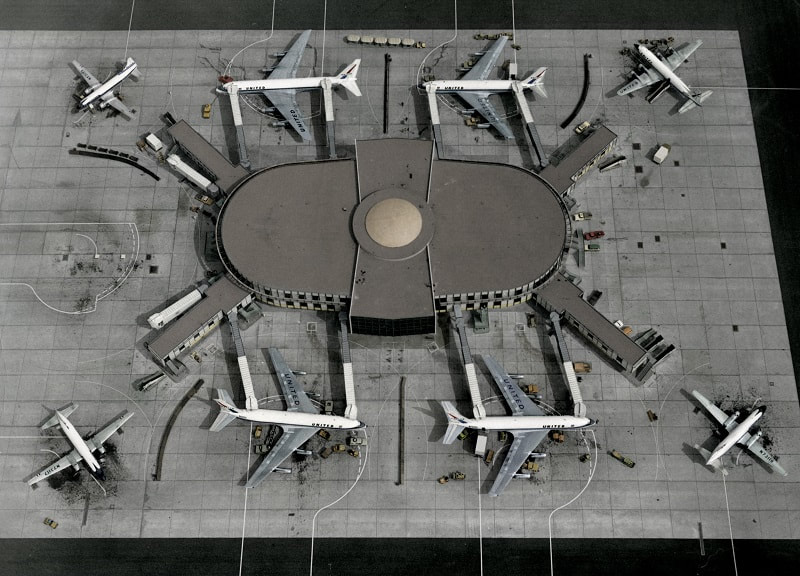
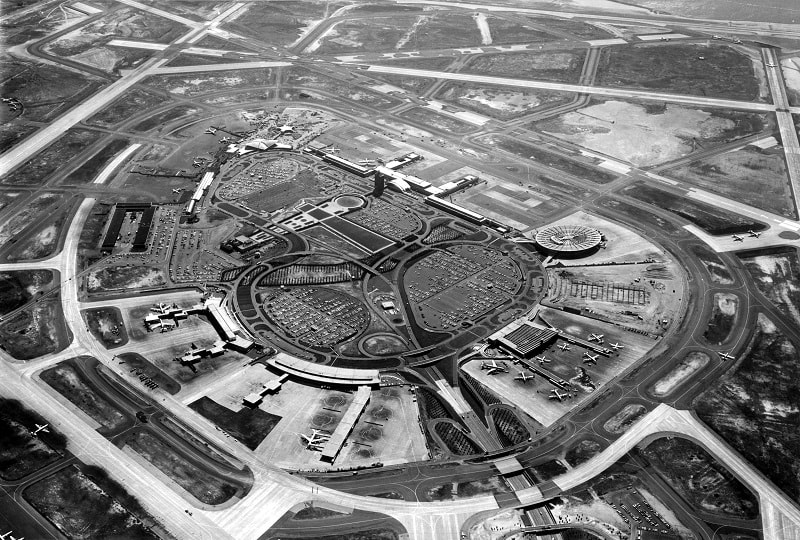
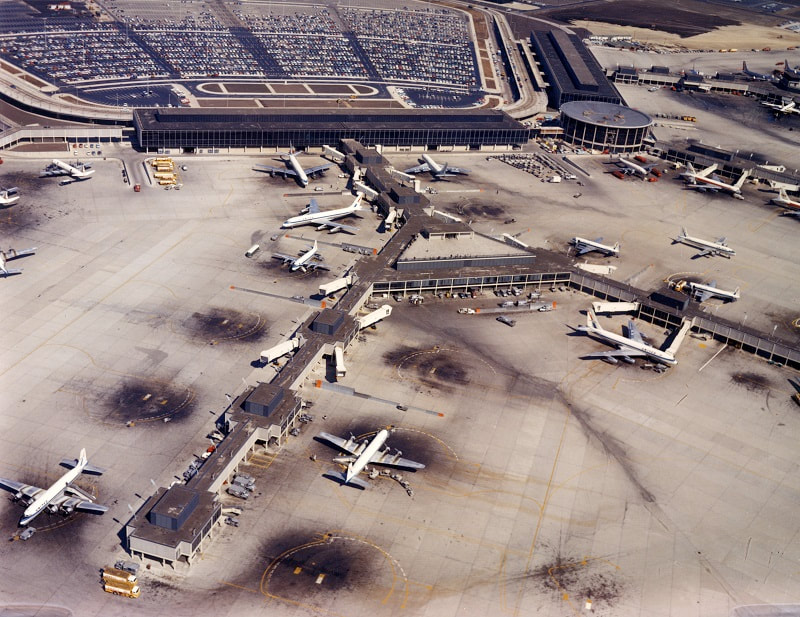
 RSS Feed
RSS Feed